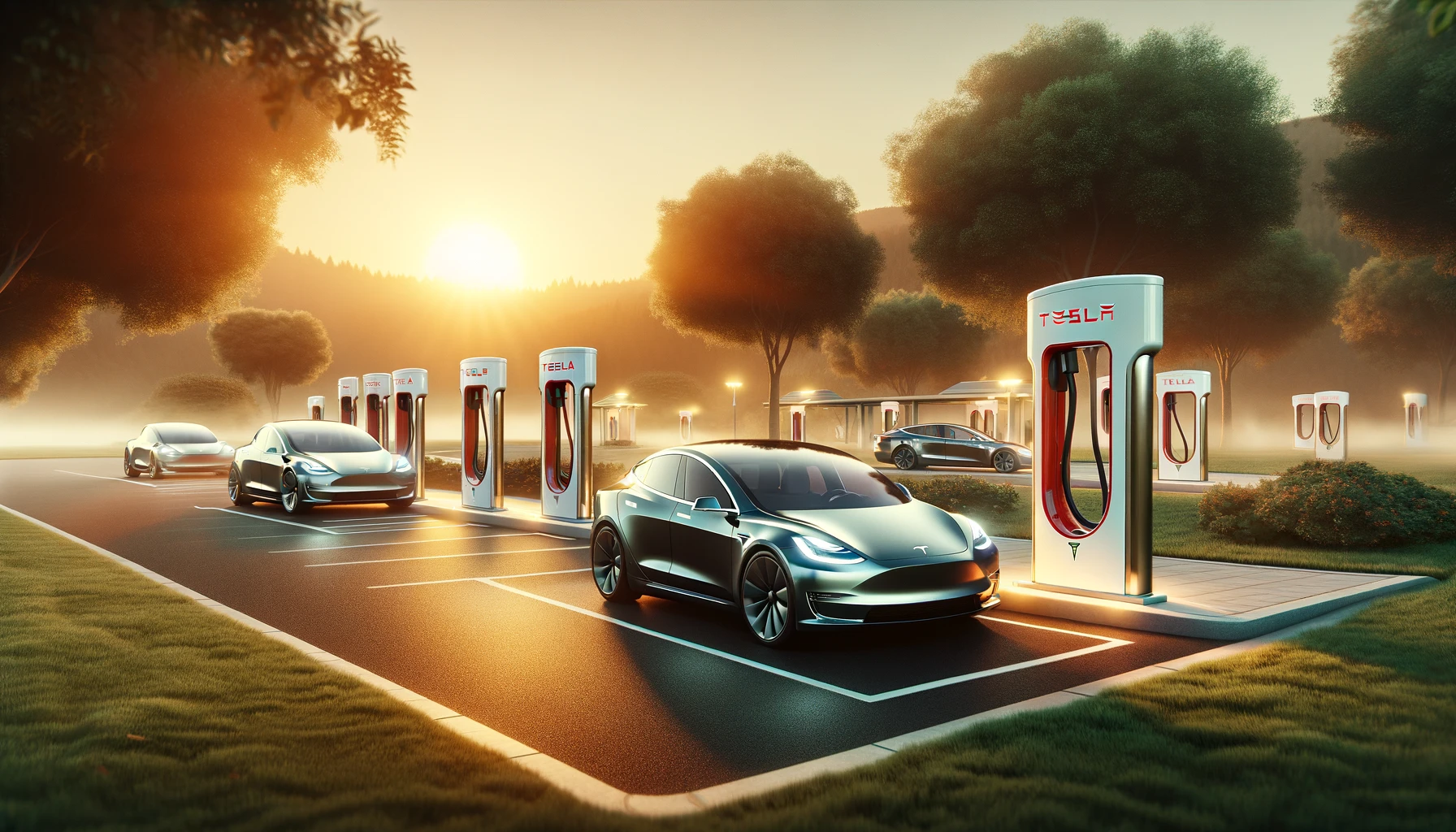Recent shifts at Tesla, a pioneering force in automotive technology, have stirred discussions across various sectors about the implications of these changes and the future of electric vehicles. In a significant move, Drew Baglino, former Senior Vice President of Powertrain and Energy Engineering at Tesla, divested approximately 1.14 million shares, totaling around $181.5 million. This sale, following his announcement to leave after an 18-year tenure, marks a critical point in Tesla’s evolving corporate landscape. The timing coincides with a broader trend of executive exits and workforce reductions aimed at restructuring for new strategic phases.
What Triggered the High-Profile Share Sale?
The sales came in the wake of Baglino’s departure announcement, alongside other senior executives, signalling a significant turnover at Tesla’s top ranks. Analysts speculate that such moves could be strategic, optimizing personal financial outcomes amidst the company’s ongoing transformations. Tesla’s upper echelon has seen substantial exits, with implications for its strategic direction and operational ethos, given these executives’ years of ingrained corporate culture and strategic engagements.
How Does This Affect Tesla’s Market Position?
This high-volume share sale and the departure of key executives might influence investor confidence and Tesla’s market strategy. The company is currently navigating through phases that require robust leadership to maintain innovation momentum and market competitiveness. Such significant changes in its leadership structure could either be seen as a healthy transition into a new era of strategic realignments or as unsettling shifts that could disrupt operational continuity.
What’s Next for Tesla’s Innovation Path?
As Tesla continues to innovate in electric vehicle technology, the departure of seasoned executives poses questions about continued leadership in innovation. The company has historically relied on its strong leadership to spearhead development and maintain its competitive edge. The vacuum left by these departures necessitates a swift and strategic filling to ensure ongoing projects and future plans remain on track.
In exploring broader perspectives, Forbes published an article titled “Tesla’s Executive Brain Drain: Short-Term Blip or Long-Term Concern?” which delves into the potential impacts of this executive turnover on Tesla’s innovation trajectory and market performance. Similarly, Bloomberg’s “Tesla Faces Leadership Test as Executives Depart” explores how these changes might test the resilience of Tesla’s strategic direction and market resilience.
Further insight is provided by a scholarly article in the Journal of Business Strategy, “The Impact of Executive Turnover on Company Strategy,” which discusses how such high-level changes can affect company policy and strategic direction. This paper argues that leadership stability is crucial for maintaining the momentum of innovation and market strength, especially in tech-driven industries like that of electric vehicles.
Key Inferences:
- Executive turnovers can lead to strategic realignments.
- Sudden changes may affect market perceptions and investor confidence.
- Leadership continuity is vital for sustaining innovation.
The recent developments at Tesla, marked by the departure of Drew Baglino and other key figures, underscore a pivotal phase in the company’s journey. While these movements are common in dynamic sectors, the scale and timing raise valid concerns about the future trajectory of Tesla, especially in areas of market leadership and innovation continuity. The ability of Tesla to navigate these changes, maintain its competitive edge, and reassure stakeholders will be crucial in determining its position in the evolving automotive landscape. The incoming leadership has both a challenge and an opportunity to steer the company towards sustained growth and innovation.










